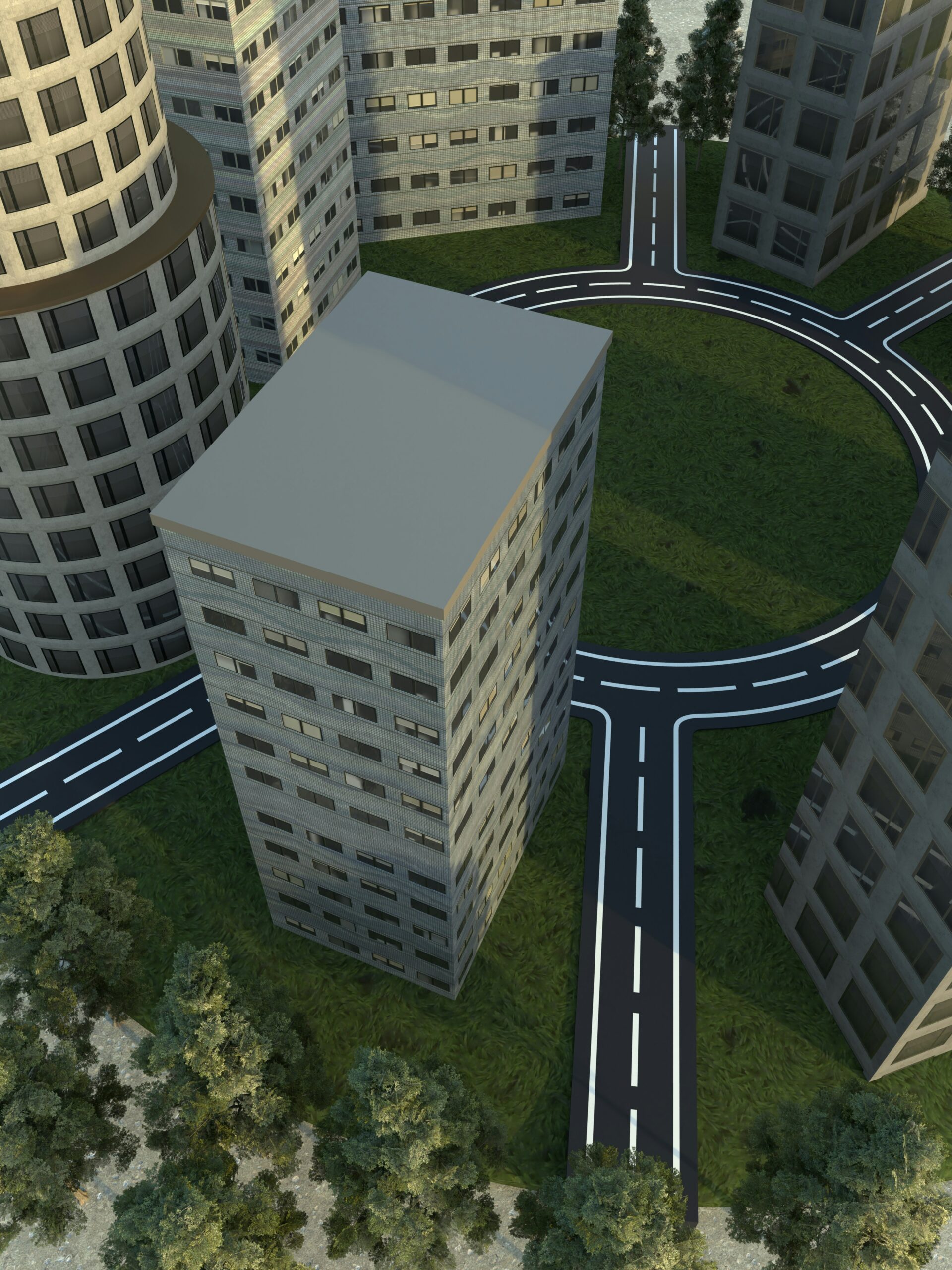How Do 3D-Printed Buildings Work?
The technology behind 3D-printed buildings is fascinating. Unlike traditional construction methods reliant on manual labor and pre-made materials, 3D printers use a process known as additive manufacturing. A large-scale 3D printer extrudes materials—typically concrete, plastic, or composite materials—layer by layer to build walls, floors, and structural elements directly on-site or off-site in modular sections.
This approach leverages computer-aided design (CAD) files, which dictate the precise structure and dimensions of the building. Once the file is uploaded, the printer gets to work—sometimes operating continuously for hours or even days.
Key Materials Used in 3D Printing Construction:
| Material | Characteristics | Application Possibilities |
|---|---|---|
| Concrete | Strong, durable, and easy to mix | Walls, floors, structural elements |
| Plastic | Lightweight, moldable, and eco-friendly options | Decorative elements, insulation |
| Clay | Sustainable and locally sourced in some regions | |
| Steel-reinforced concrete | Increased tensile strength | Load-bearing structures |
| Geopolymers | Heat-resistant and environmentally friendly | Fireproofing, insulation |
Benefits of 3D-Printed Buildings
1. Efficiency and Speed
Traditional construction projects often take months or years to complete. With 3D printing, this time is drastically reduced. For instance, a small 3D-printed home can be completed in just 24-48 hours, depending on its complexity.
Pro Tip: Tight deadlines? Turn to 3D printing for smaller, modular projects or when quick turnarounds are critical.
2. Cost-Effectiveness
3D-printed buildings use fewer materials and less labor than conventional methods. According to a report by “Emerging Objects,” the technology can lower construction costs by up to 30-50%, benefitting startups, affordable housing projects, and emergency shelters.
3. Environmental Impact
Construction waste accounts for 35% of global landfill materials. 3D printing is inherently resource-efficient, using only what is needed layer by layer, significantly reducing waste.
Additionally, many firms are experimenting with recyclable materials, further enhancing sustainability.
4. Limitless Design Possibilities
Curves and complex geometries, which are time-consuming and costly with conventional construction, are achieved effortlessly with 3D printing. Architects are no longer confined by traditional constraints; they can focus on creativity and innovation.
Challenges Facing 3D-Printed Buildings
1. Limited Material Options
Many 3D-printed structures rely on a narrow range of materials, primarily concrete. While durable, this limits designs and applications compared to the versatility of traditional materials.
2. Size Restrictions
Today’s 3D printers can only handle certain sizes, making them efficient for smaller projects like homes or pavilions but less practical for skyscrapers or large commercial spaces.
3. Regulation and Adoption
The construction industry is a heavily regulated space. Most regions lack clear guidelines for 3D-printed structures, slowing adoption on a larger scale.
4. High Initial Investment
While costs drop overtime, acquiring 3D printers and skilled operators necessitates a hefty upfront investment, often discouraging smaller firms or developing regions.
Real-World Examples of 3D-Printed Buildings
1. ICON’s 3D-Printed Homes
The Texas-based company ICON constructed an entire neighborhood of 3D-printed homes in Mexico to combat housing shortages. Each house was built in just 24 hours!
2. Tecla, Italy
The first 3D-printed house made entirely from raw earth material, Tecla is a beacon of sustainability, showcasing how locally sourced materials can minimize environmental impact.
3. Dubai Future Foundation
Home to the world’s first fully functional 3D-printed office building, Dubai is leading the global charge in integrating 3D printing into urban planning.
FAQ About 3D-Printed Buildings
Are 3D-Printed Buildings Safe?
Absolutely! Properly constructed 3D-printed structures are as safe and durable as traditional buildings, provided they adhere to regulations and employ high-quality materials.
Can 3D-Printed Buildings Withstand Natural Disasters?
While ongoing research aims to enhance their resilience, several prototypes have shown success in withstanding earthquakes and extreme weather.
How Expensive Is 3D-Printed Construction?
It depends on the scale, materials, and technology used. However, in general, 3D-printed homes are around 20-50% cheaper than conventionally built ones.
Future of Architecture with 3D Printing
Looking ahead, 3D printing promises a brighter, more efficient future for the architecture and construction industries. Innovations in material science, more accessible technology, and growing public interest point toward a landscape where 3D-printed skyscrapers and eco-friendly urban centers could become the norm.
Whether you’re dreaming of sustainable housing or iconic architecture, 3D printing has the potential to deliver on those visions.
Want to learn even more about cutting-edge construction technologies? Keep reading our blog for updates or check out our curated list of resources for architects and builders.
The bottom line? This isn’t just a new era for architecture—it’s the dawn of a revolutionary transformation.




Leave a Reply